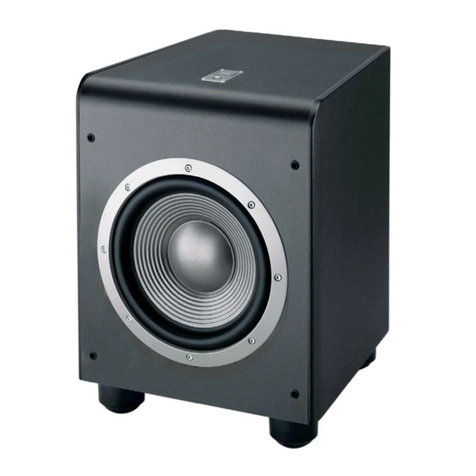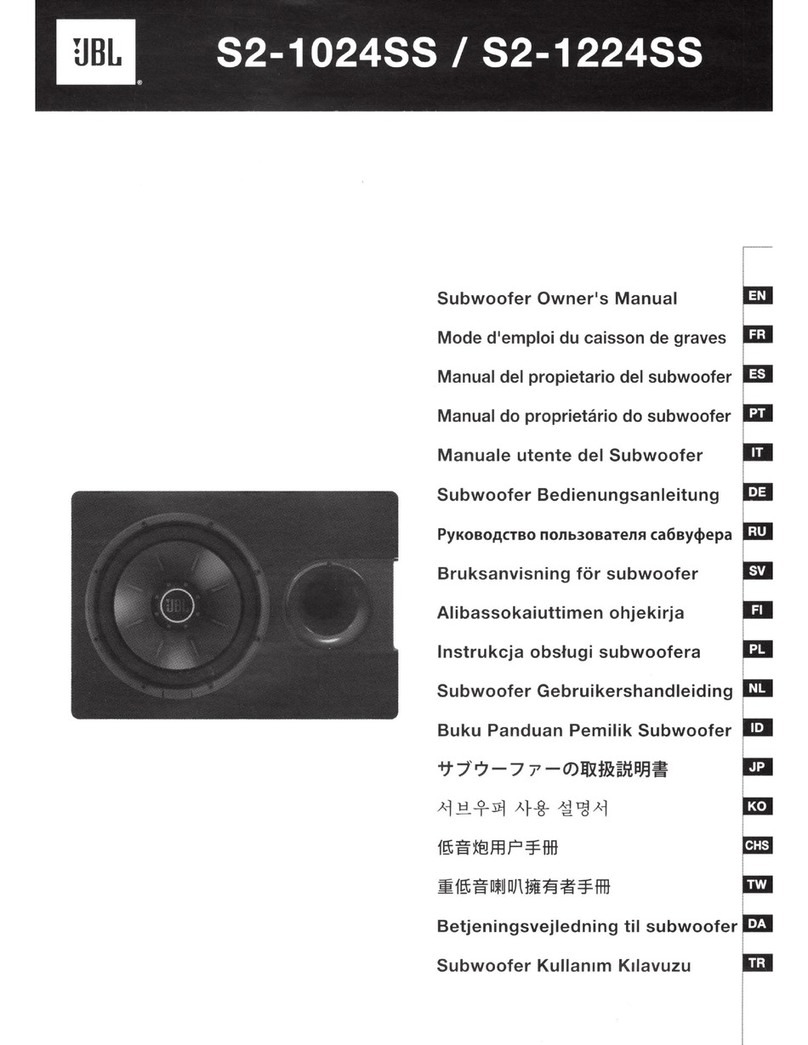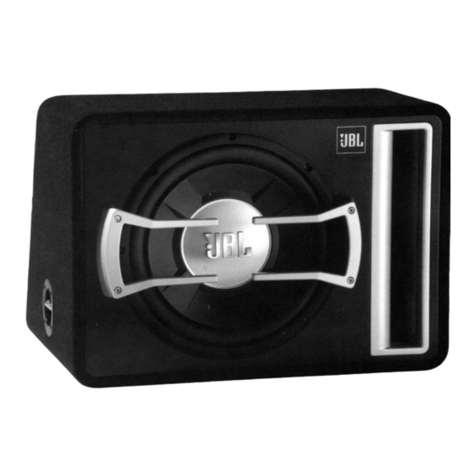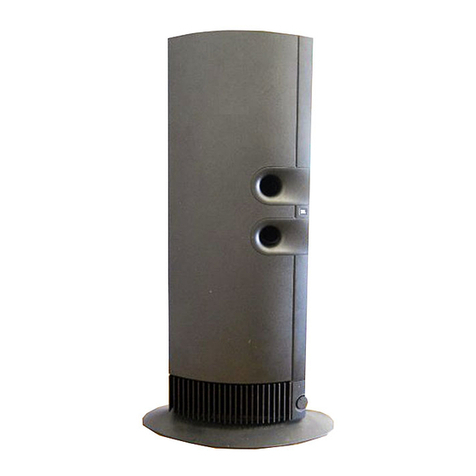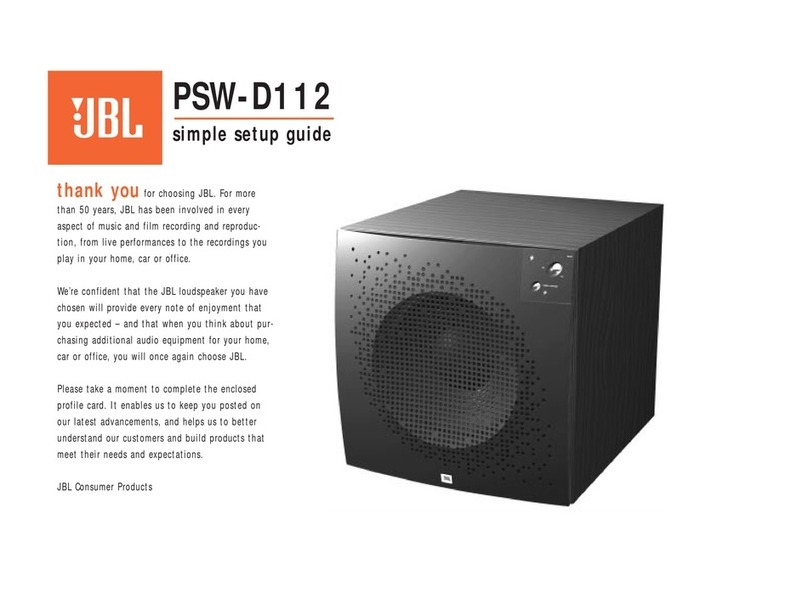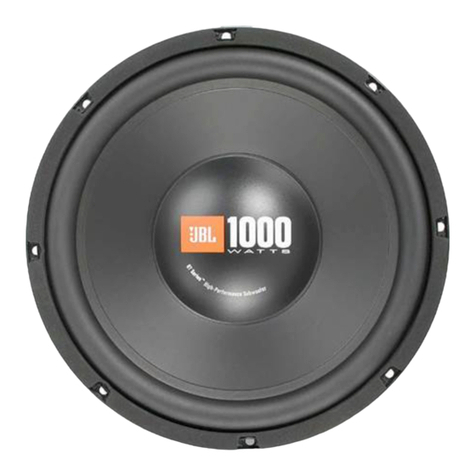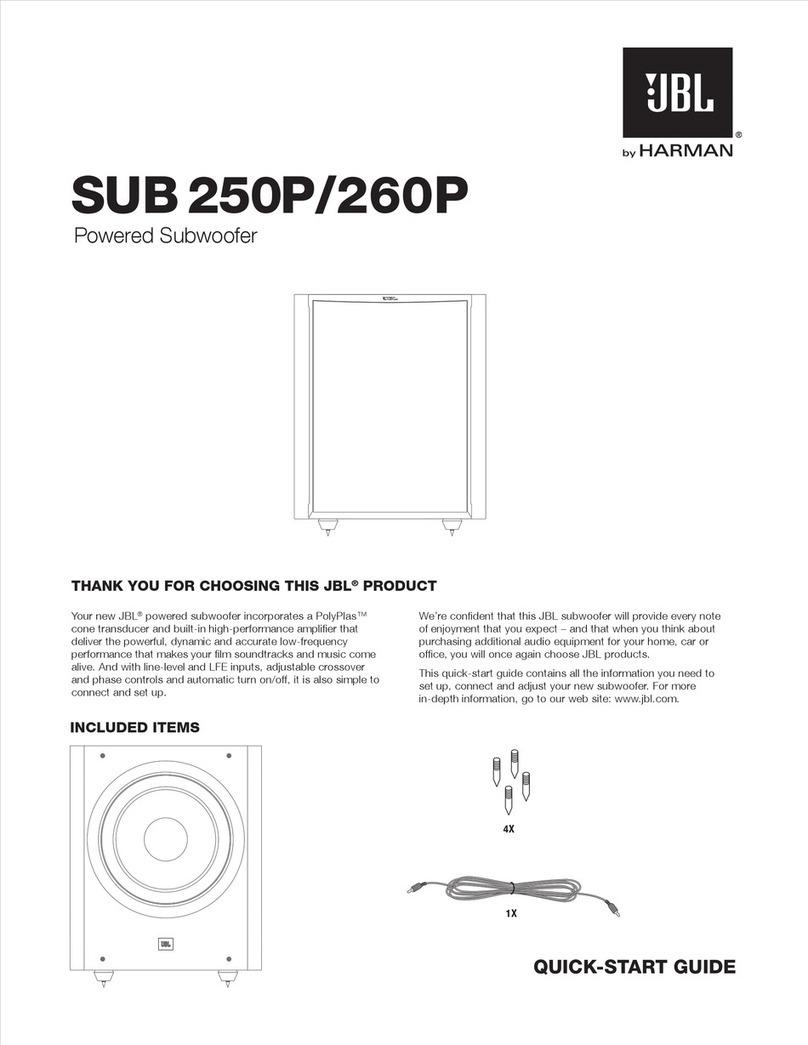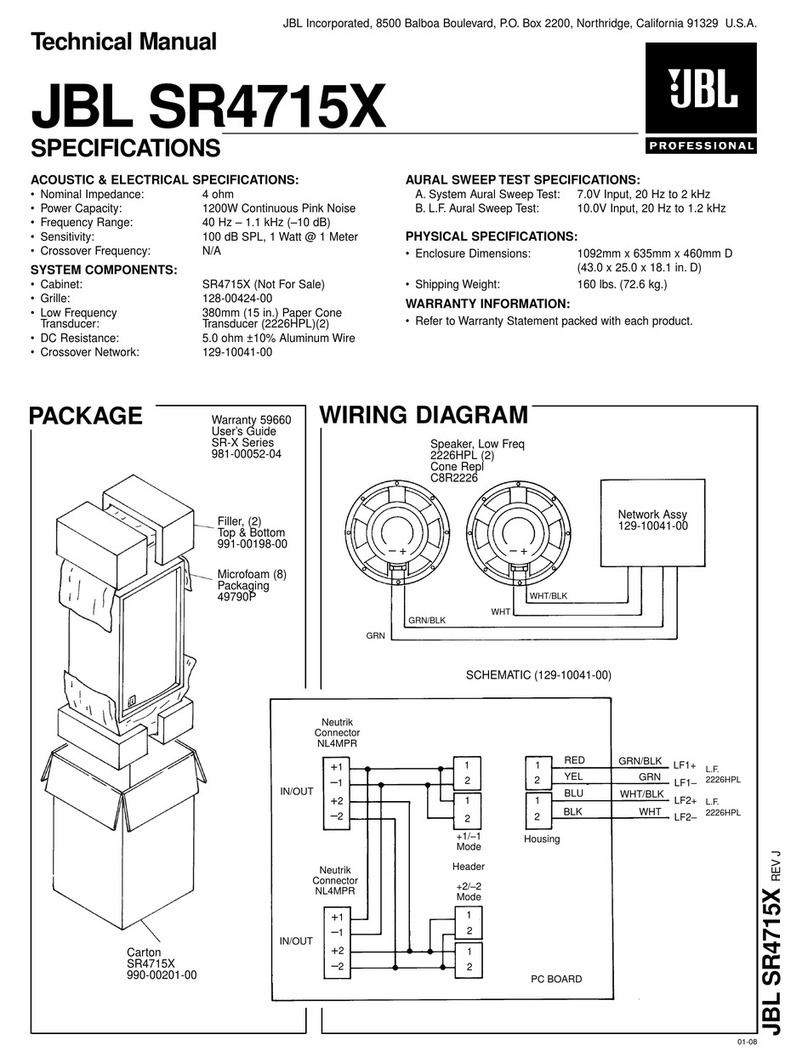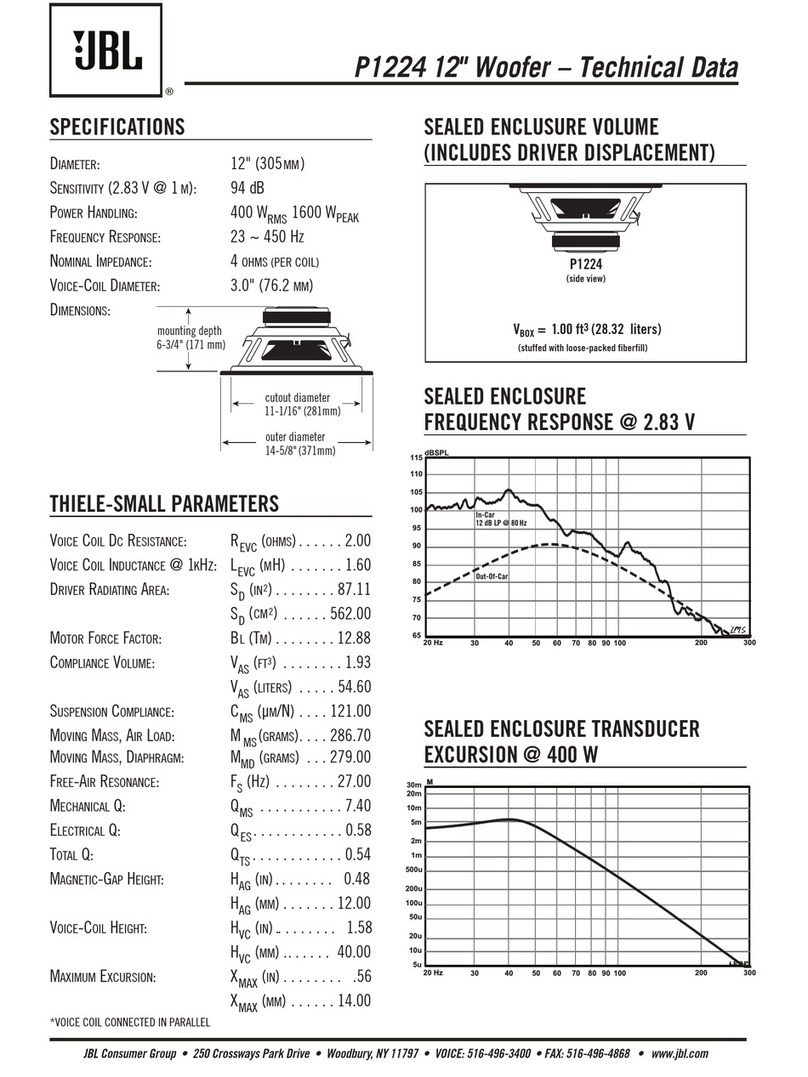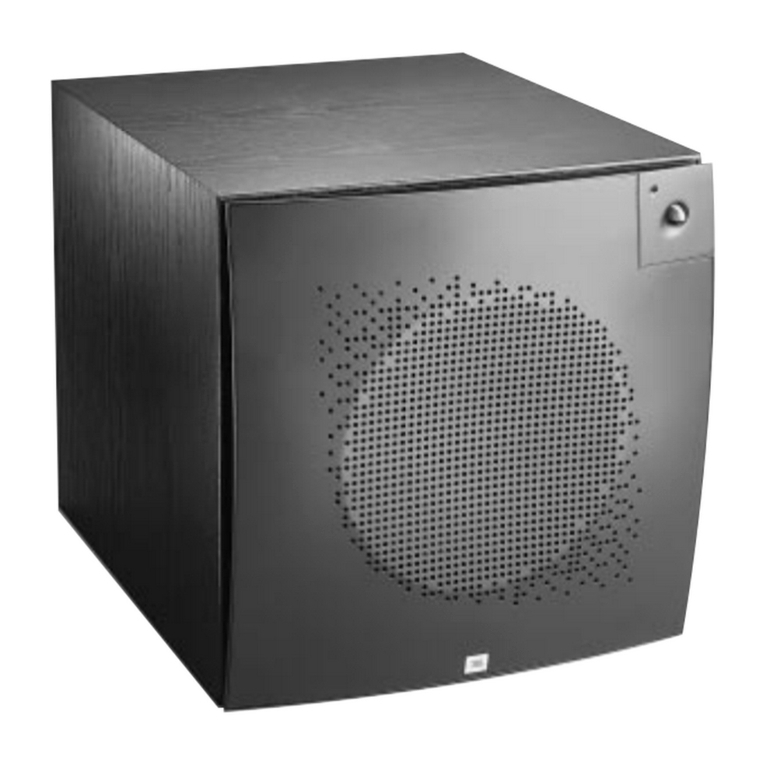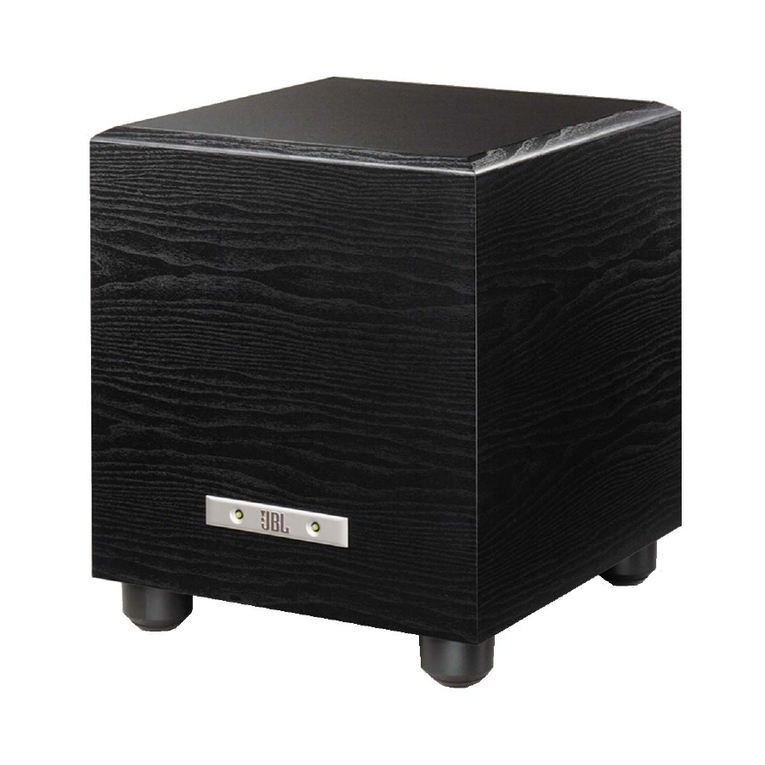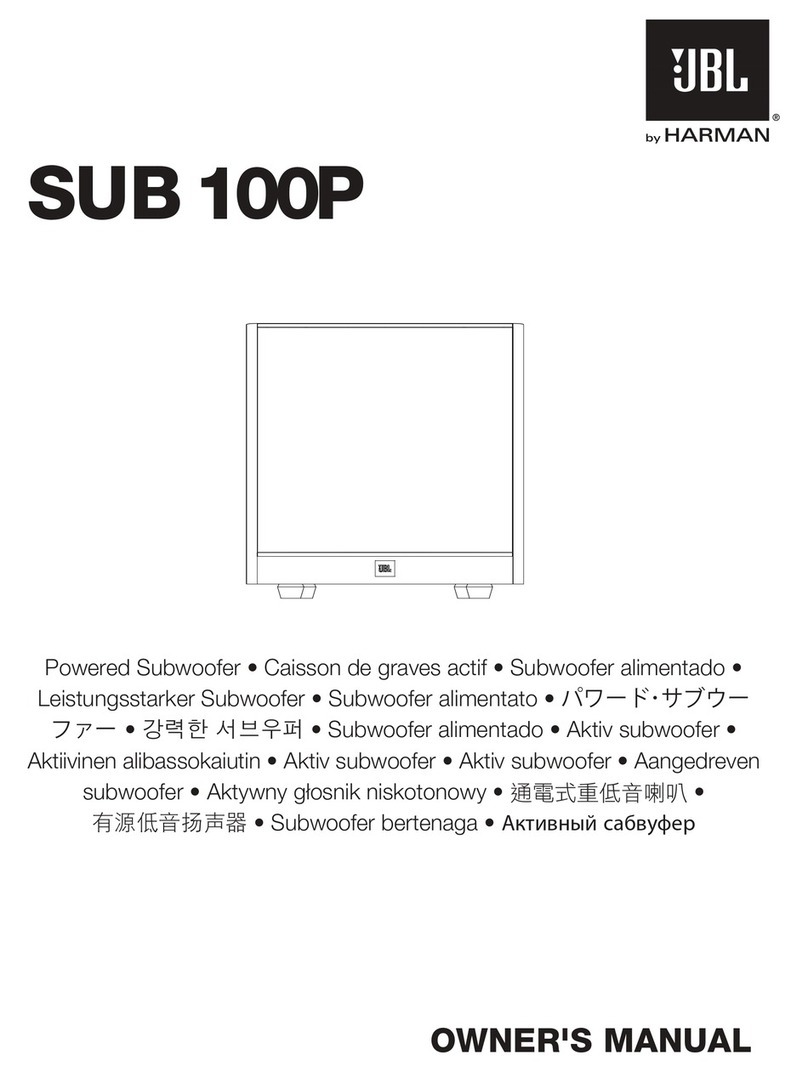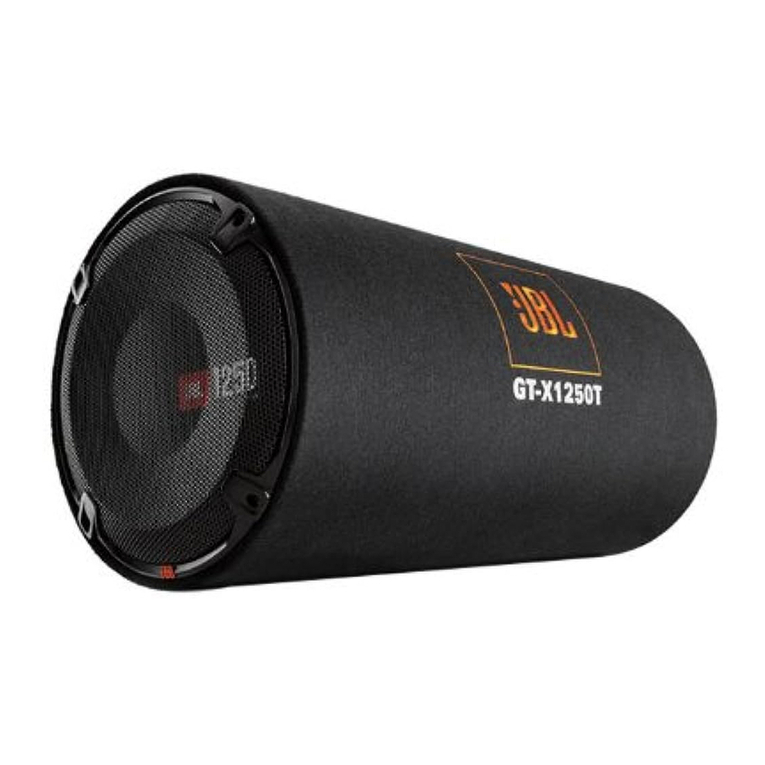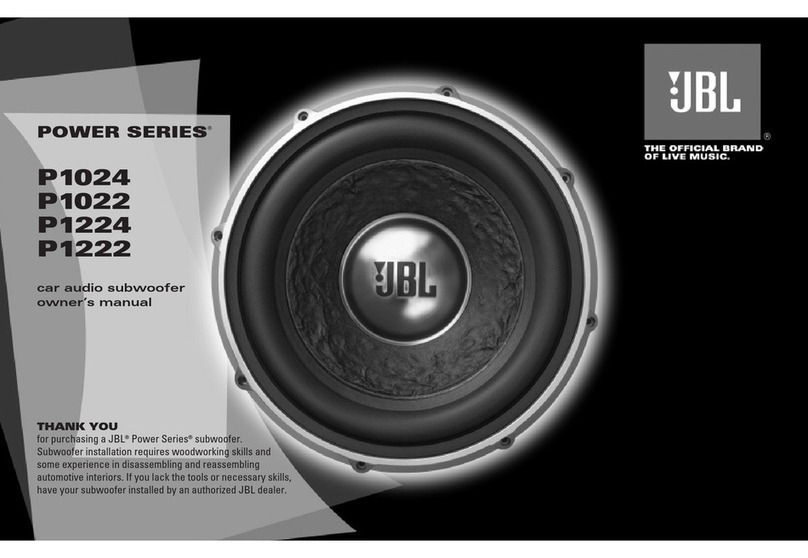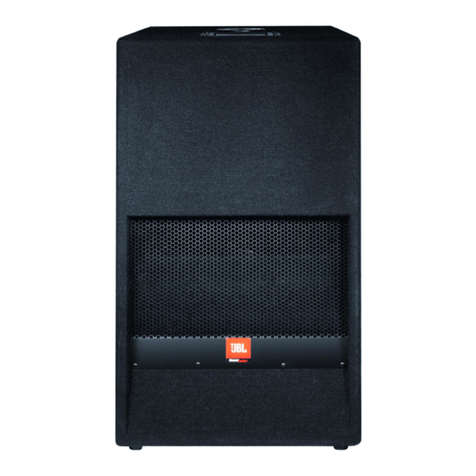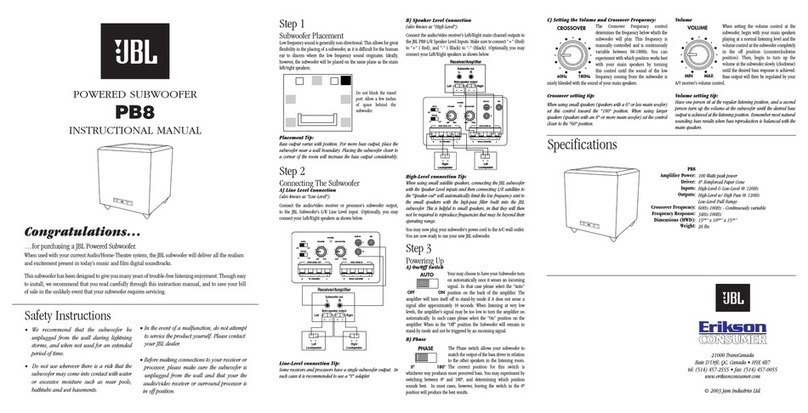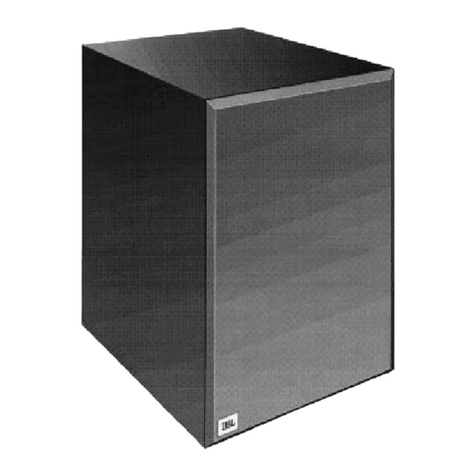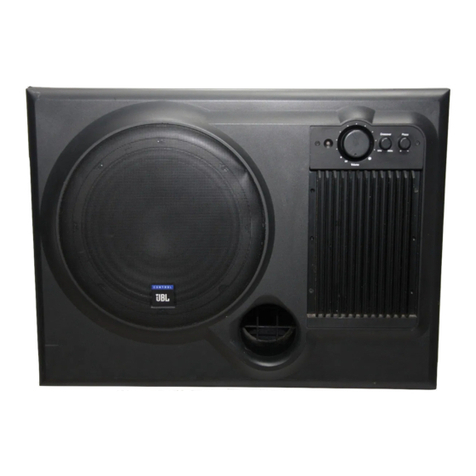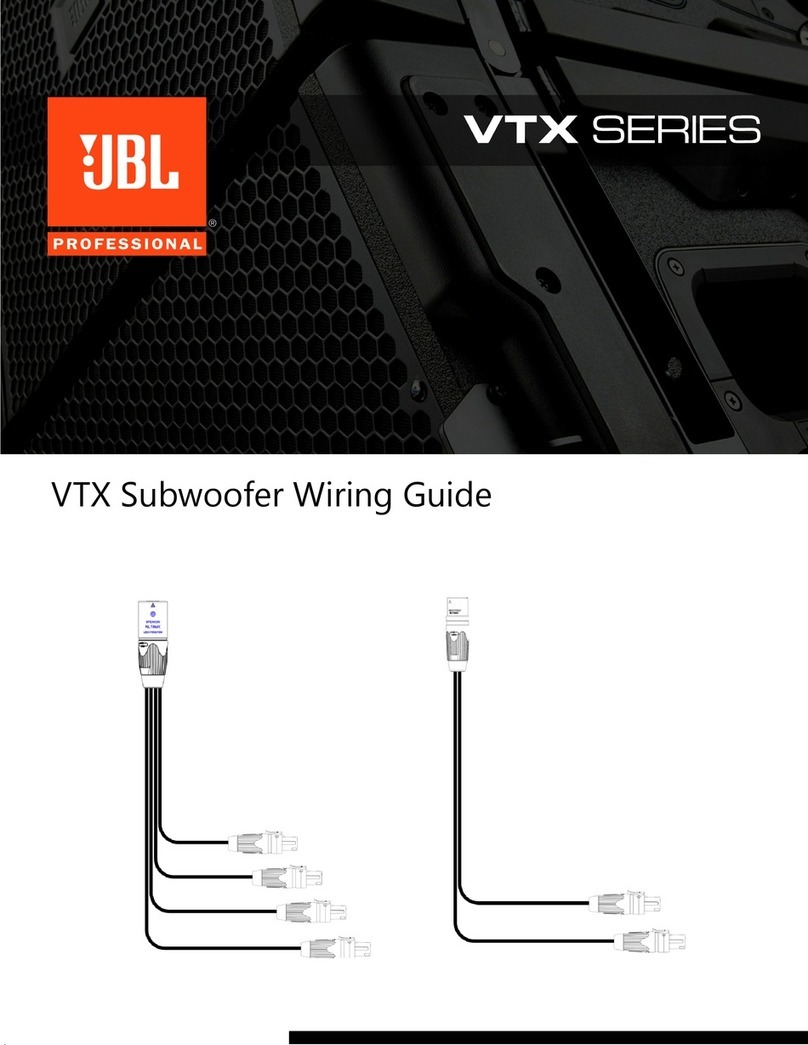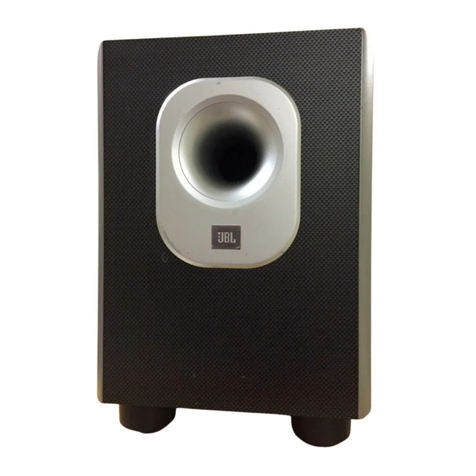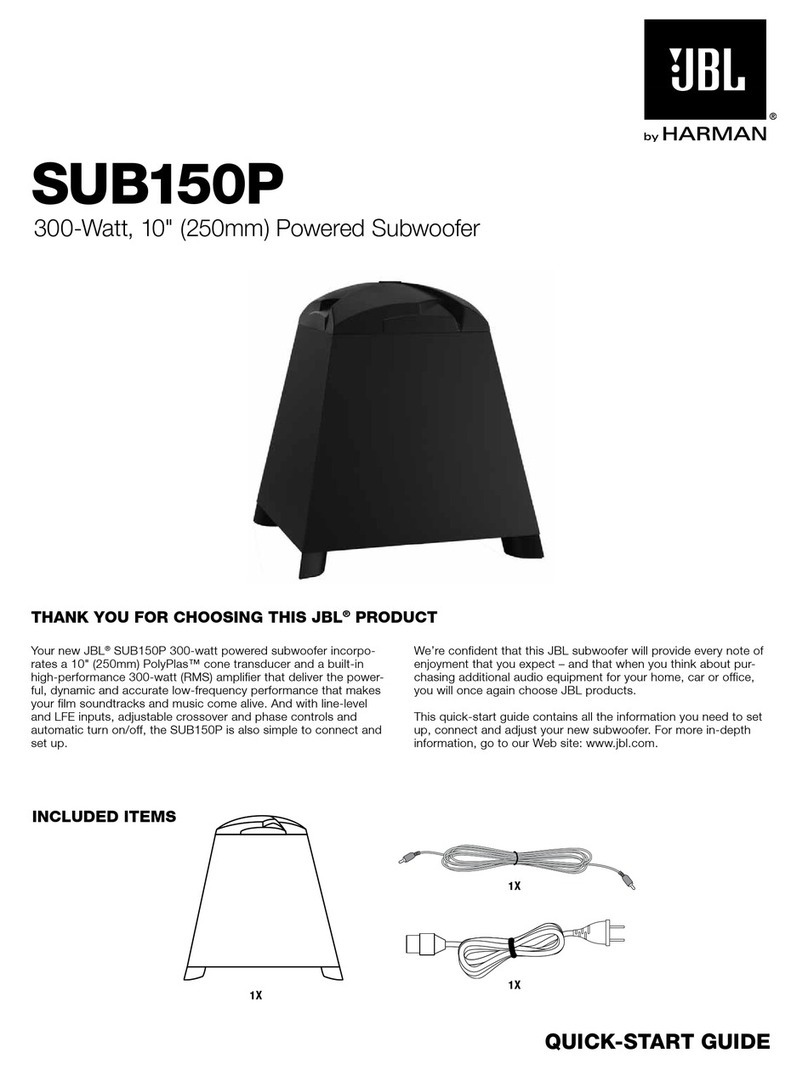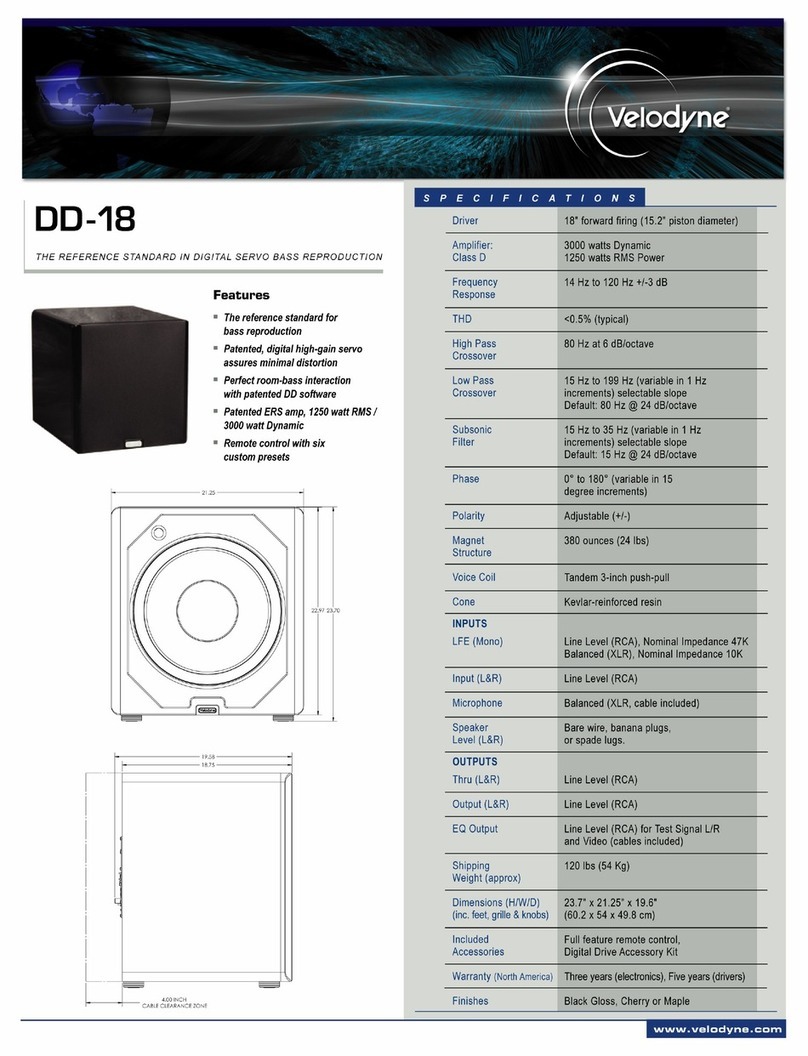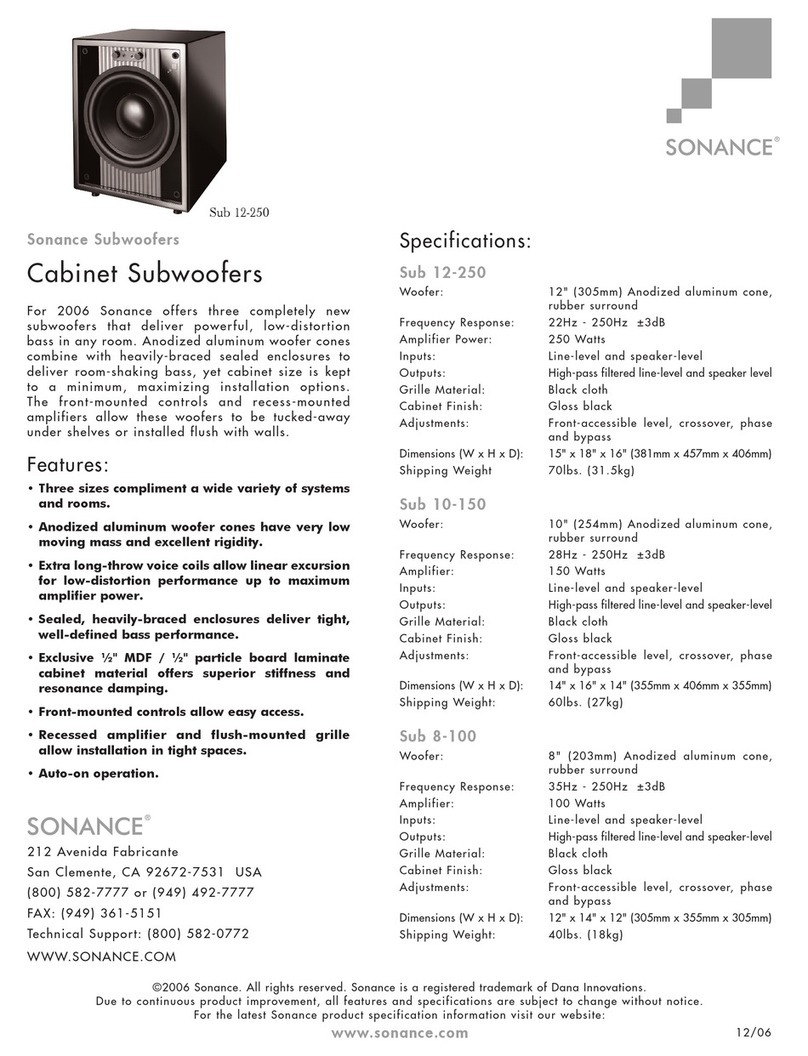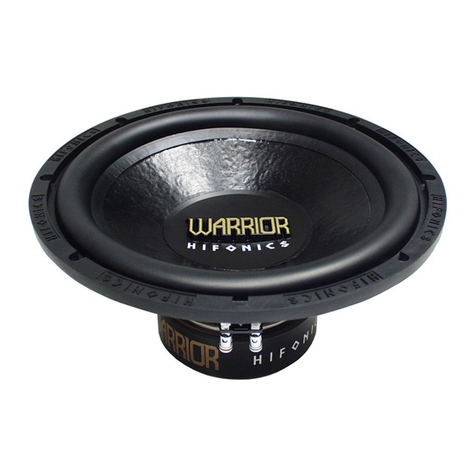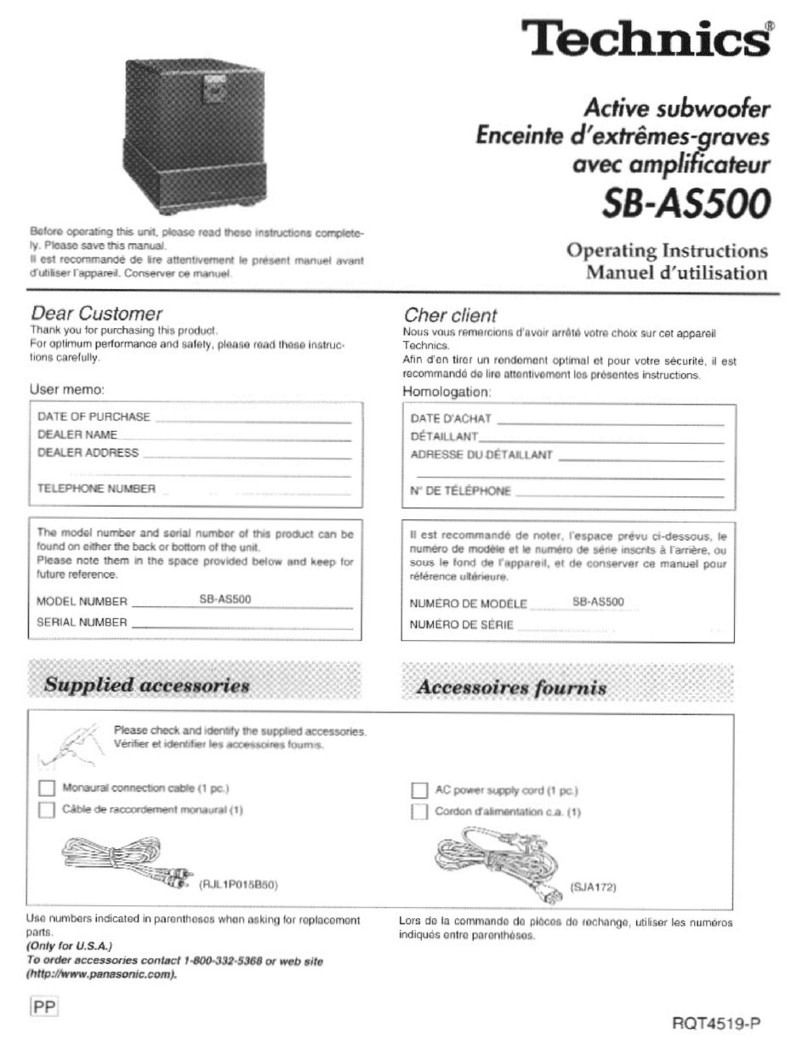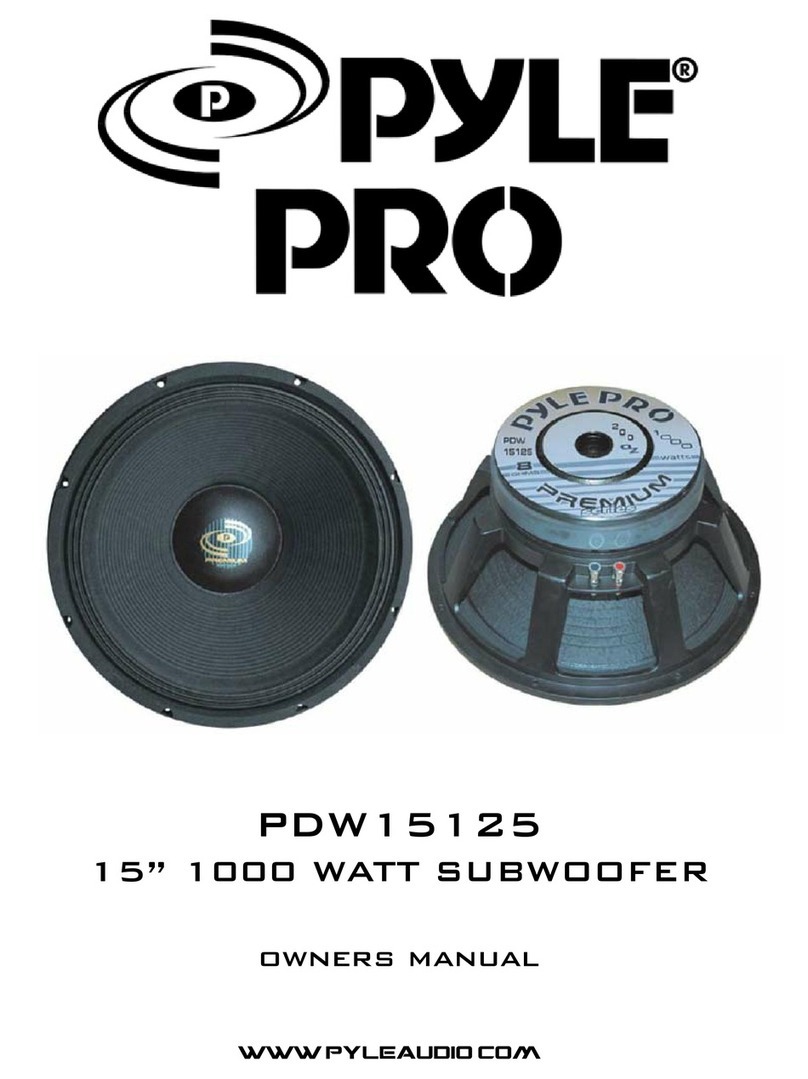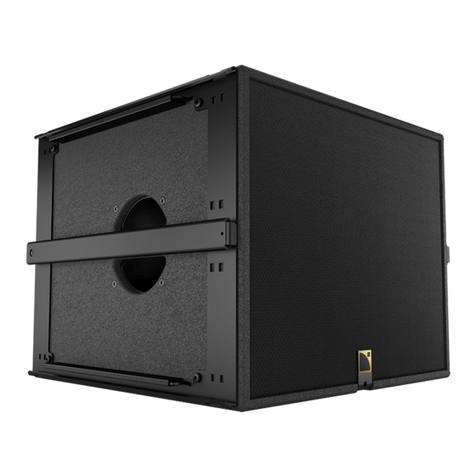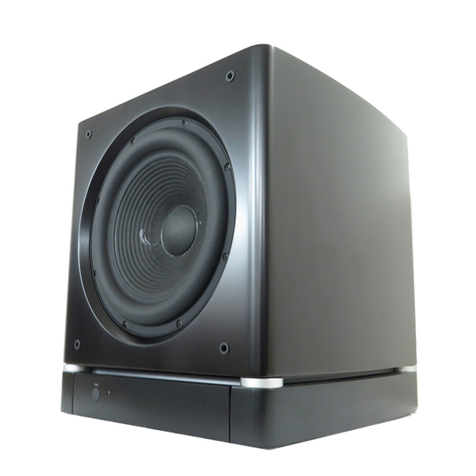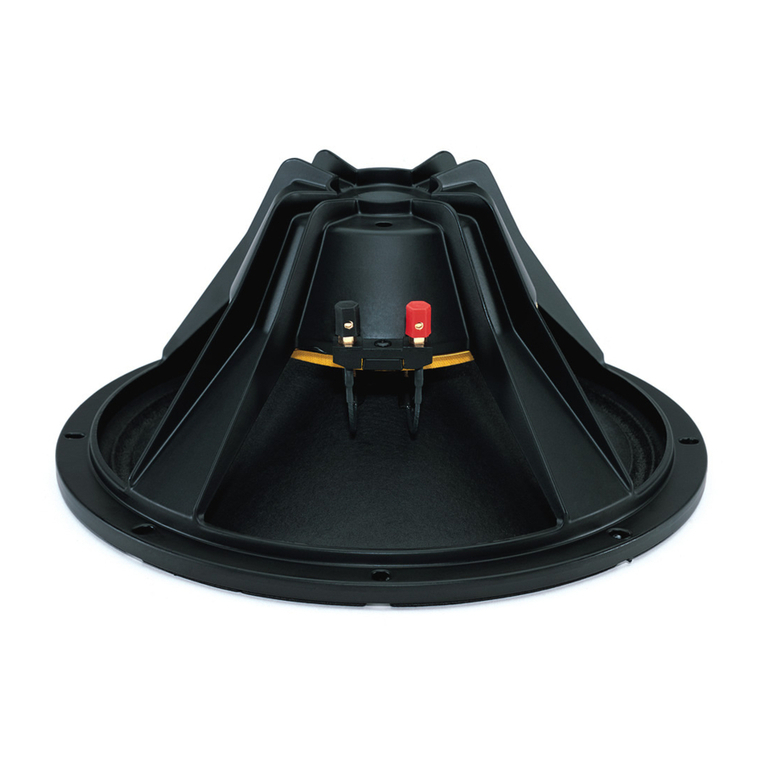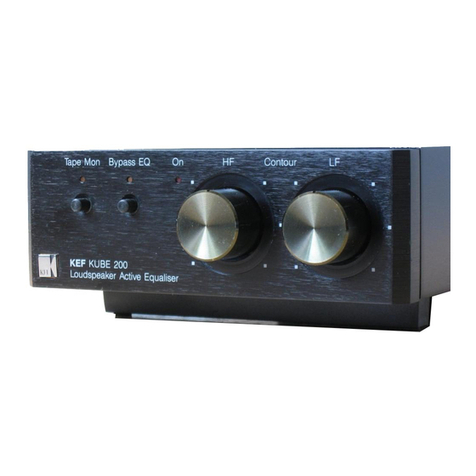TROUBLESHOOTING
If you used the high-level
(speaker) inputs and there
is no sound from any of the
speakers:
•
Check that the receiver/
amplifier
is on and a source
is playing.
• Check that the powered
subwoofer is plugged into
an active electrical outlet
and is switched on.
• Check all wires and connec-
tions between the receiver/
amplifier and the speakers.
Make sure all wires are con-
nected. Make sure none of
the speaker wires are frayed,
cut or punctured, or touching
each other, except for the
wires for the front left and
right speakers, which may be
joined with the wires for the
subwoofer at the receiver/
amplifier end only, if you are
using the speaker-level
connections as described
on page 4.
• Review proper operation
of your receiver/amplifier.
If there is low (or no) bass
output:
• Make sure the connections
to the left and right “Speaker
Inputs” have the correct
polarity (+ and –).
• Make sure that the sub-
woofer is plugged into an
active electrical outlet and
switched on.
• Adjust the crossover point.
• Flip the Phase Control switch
to the opposite position.
• If you are using a Dolby
Digital/DTS receiver or
processor, make sure that the
subwoofer adjustments on
the receiver/processor are
set up correctly.
• Slowly turn the Level Control
clockwise until you begin to
hear the desired amount of
bass.
If you used the line-level
inputs and there is no sound
from the subwoofer:
•
Check that the receiver/
amplifier
is on and a source is
playing.
• Check that the powered
subwoofer is plugged into an
active electrical outlet and is
switched on.
• Check all wires and
connections between the
receiver/amplifier and the
subwoofer. Make sure all
wires are connected. Make
sure none of the wires are
frayed, cut or punctured, or
touching each other.
• Review proper operation of
your receiver/amplifier.
• Slowly turn the Level
Control clockwise until you
begin to hear the desired
amount of bass.
• Make sure that you have
configured your receiver/
processor so that the sub-
woofer/LFE output is on.
Phase Control
The Phase Control determines
whether the subwoofer’s pis-
ton-like action moves in and
out in phase with the main
speakers or opposite the
main speakers. There is no
correct or incorrect setting.
Proper phase adjustment
depends on several variables
such as subwoofer placement
and listener position. Adjust
the phase switch to maximize
bass output at the listening
position.
Remember, every system,
room and listener is different.
There are no right or wrong
settings; this switch offers the
added flexibility to adjust your
subwoofer for optimum per-
formance for your specific
listening conditions without
having to move your speakers.
If at some time in the future
you happen to rearrange your
listening room and move your
speakers, you should experi-
ment with the phase switch in
both positions, and leave it in
the position that maximizes
bass performance.
